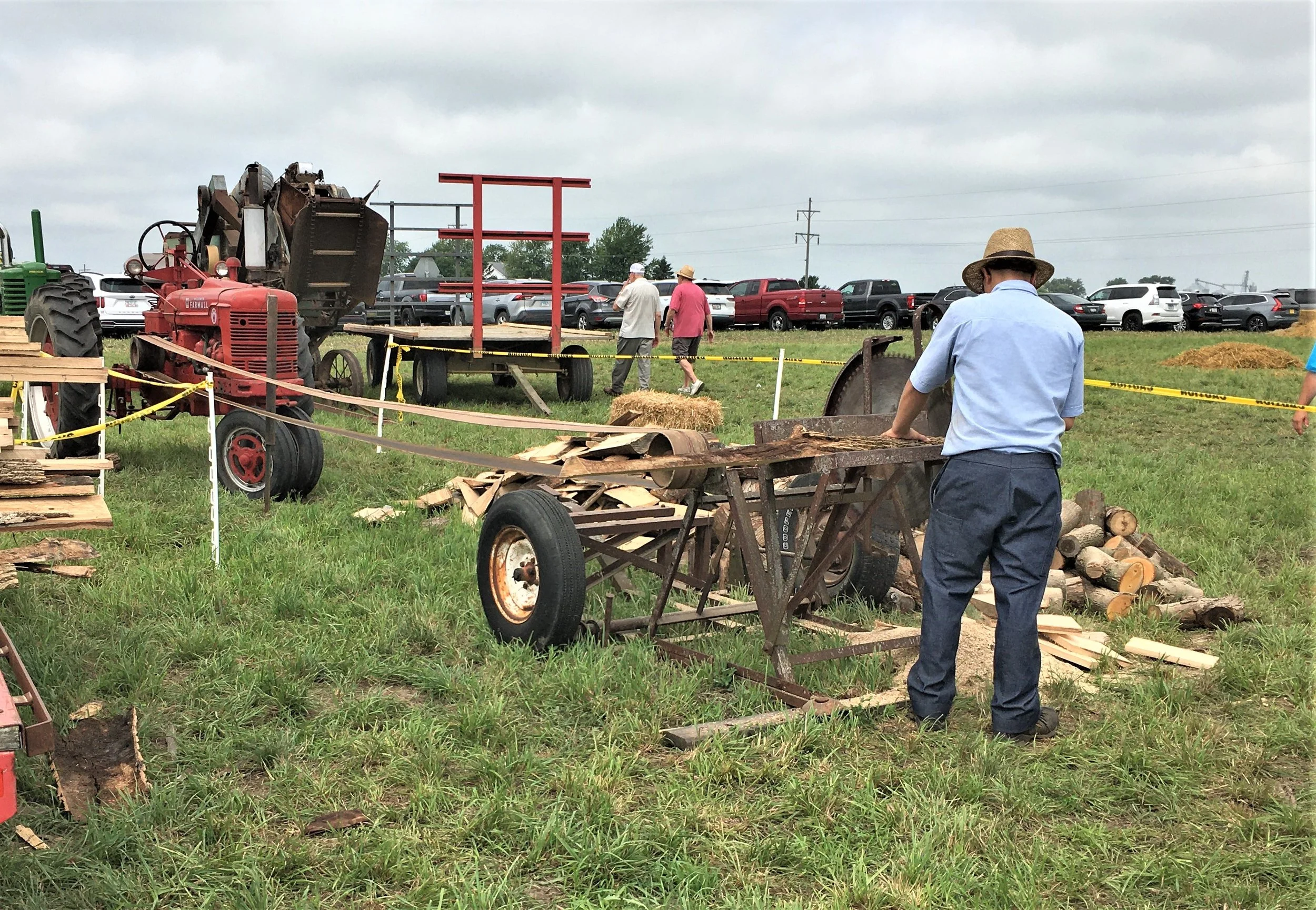Documenting Amish Heritage: Stories from the Past
Amish heritage is more than history—it’s a living story of faith, family, and perseverance. From their quiet beginnings in Europe to their flourishing communities in America, the Amish have preserved their identity through stories shared across generations. These accounts, recorded in journals, oral traditions, and historical writings, offer a glimpse into a world defined by simplicity, devotion, and unity. Documenting Amish heritage allows us to understand how their values endured despite challenges, change, and modernization.
The Power of Storytelling in Amish Culture
Passing Down Faith Through Generations
Storytelling has always played a central role in Amish life. Long before written histories, families shared stories around the dinner table or during Sunday gatherings. These stories reminded younger generations of the struggles their ancestors faced for religious freedom. They also reinforced the values of humility, hard work, and faithfulness.
For the Amish, storytelling is not about entertainment—it’s about spiritual continuity. By retelling the experiences of early settlers, each generation learns why faith and community remain at the heart of Amish identity. This oral tradition ensures that history is not forgotten but lived through daily practice.
Written Records and Family Chronicles
While the Amish avoid modern technology, they carefully preserve written records. Many families keep genealogy books, handwritten letters, and diaries that trace ancestry back to their European roots. These personal documents reflect both faith and perseverance.
Amish scribes also record church minutes and family histories in plain language, creating valuable resources for future generations. These writings, often passed between relatives, keep the spirit of the early communities alive and offer insight into the evolution of Amish customs.
Stories from the Early Days
The Journey from Europe to America
One of the most significant stories in Amish heritage is the journey from persecution to freedom. In the 17th and 18th centuries, Amish families in Switzerland and Germany faced punishment for their religious beliefs. They refused to swear oaths or serve in the military, staying true to their interpretation of scripture.
Seeking peace and opportunity, they migrated to Pennsylvania, drawn by William Penn’s promise of religious tolerance. The voyage was long and dangerous. Many endured sickness and loss during the Atlantic crossing. Yet their faith never wavered. These stories of endurance became central to Amish identity—lessons in patience, hope, and divine trust.
Building New Communities
After settling in Pennsylvania, Amish families began shaping the rural landscape into thriving farming communities. They worked from sunrise to sunset, transforming forests into fields and homes. Stories from these early years often highlight cooperation—neighbors helping one another with barn raisings, harvests, and community needs.
These tales of hard work and shared purpose form the backbone of Amish heritage. They remind modern generations that faith is best expressed through action and service to others.

Preserving Heritage Through Daily Life
Faith as a Living Tradition
Amish heritage is not locked away in books; it lives through practice. Every prayer, church service, and family meal continues traditions rooted in centuries of devotion. For example, Amish hymns—sung in High German and preserved in the Ausbund, the oldest Protestant hymnal still in use—carry messages of courage and faith written by imprisoned believers centuries ago.
When Amish families sing these hymns today, they connect directly to their ancestors’ experiences. The music becomes a bridge between past and present, uniting generations through faith.
Craftsmanship and Simplicity
Another way the Amish document their heritage is through craftsmanship. Every handmade quilt, wooden chair, or horse-drawn carriage reflects skills passed down for generations. These creations are more than products; they are expressions of cultural memory and spiritual discipline.
Through craftsmanship, the Amish honor the values of patience and precision, showing that beauty can emerge from simplicity. Each crafted item tells a story—one of dedication, family tradition, and gratitude for God’s gifts.
Modern Efforts to Record Amish History
Collaboration with Historians and Researchers
Although the Amish prefer privacy, many have worked with scholars and museums to preserve their heritage. Historians document oral stories, church records, and photographs to ensure future generations understand the depth of Amish culture. Institutions like the Amish and Mennonite Heritage Center in Ohio and museums in Lancaster County, Pennsylvania, showcase artifacts and firsthand accounts of Amish life.
These collaborations allow outsiders to learn respectfully while ensuring the Amish narrative remains accurate and dignified.
Balancing Preservation and Privacy
While documenting their heritage, the Amish remain cautious about how their stories are shared. They value authenticity and humility, avoiding sensationalism. Faith guides how they present their history—always emphasizing community over individual achievement.
This careful balance ensures that their story remains genuine, preserving what matters most: faith, family, and unity.
Conclusion
Documenting Amish heritage is not just about recording dates and events; it’s about preserving a living faith. Through storytelling, song, and craftsmanship, the Amish pass down lessons of endurance, humility, and devotion.
Their history reminds us that true legacy comes from values, not possessions. Whether through handwritten journals, hymns from centuries past, or the shared work of daily life, the Amish continue to keep their story alive. Each generation adds a new chapter, ensuring that their heritage—grounded in faith and simplicity—will endure for centuries to come.



